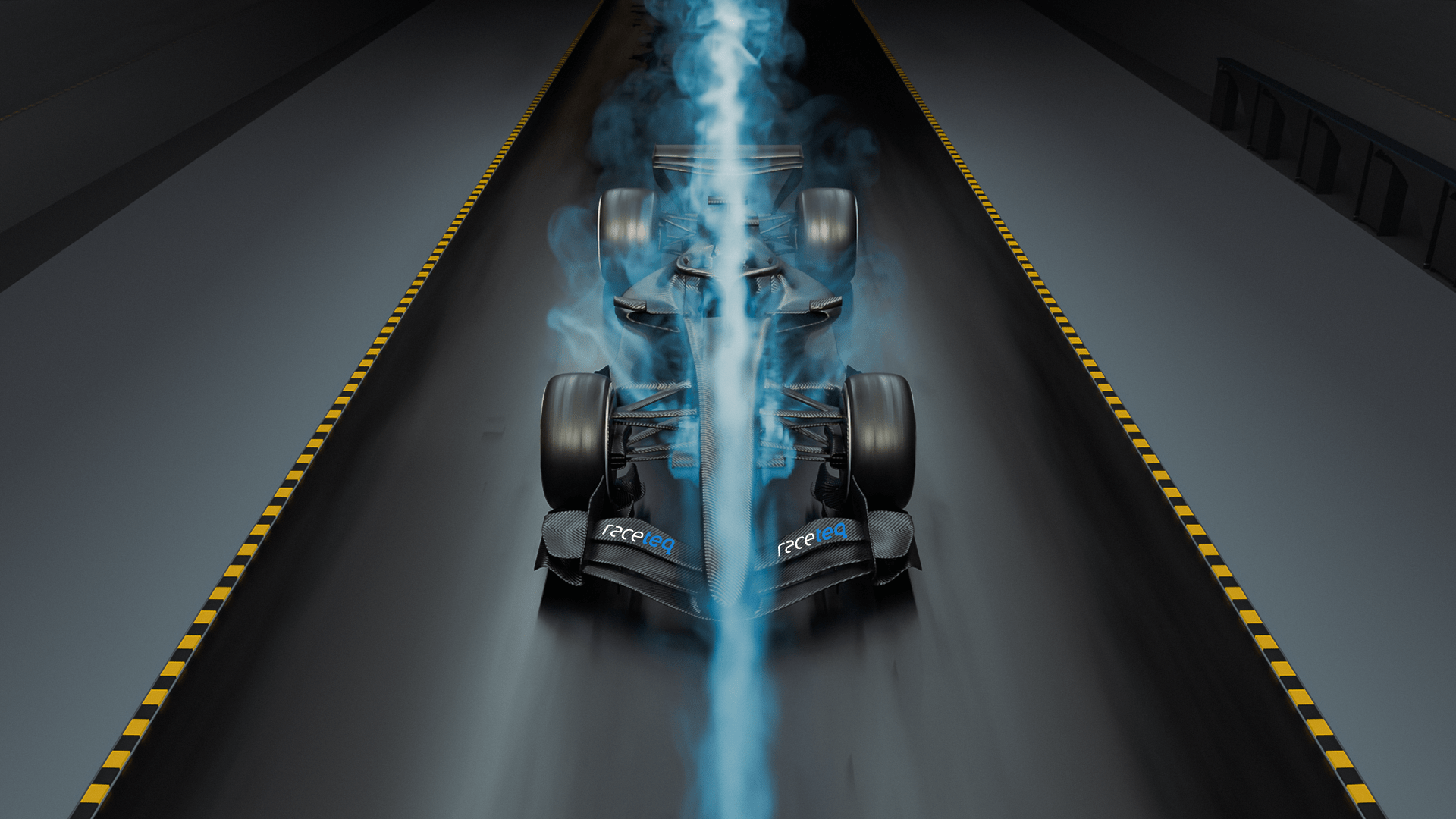Car
The role of the vortex and its effect on Formula 1 aerodynamics
by Edd Straw
5min read
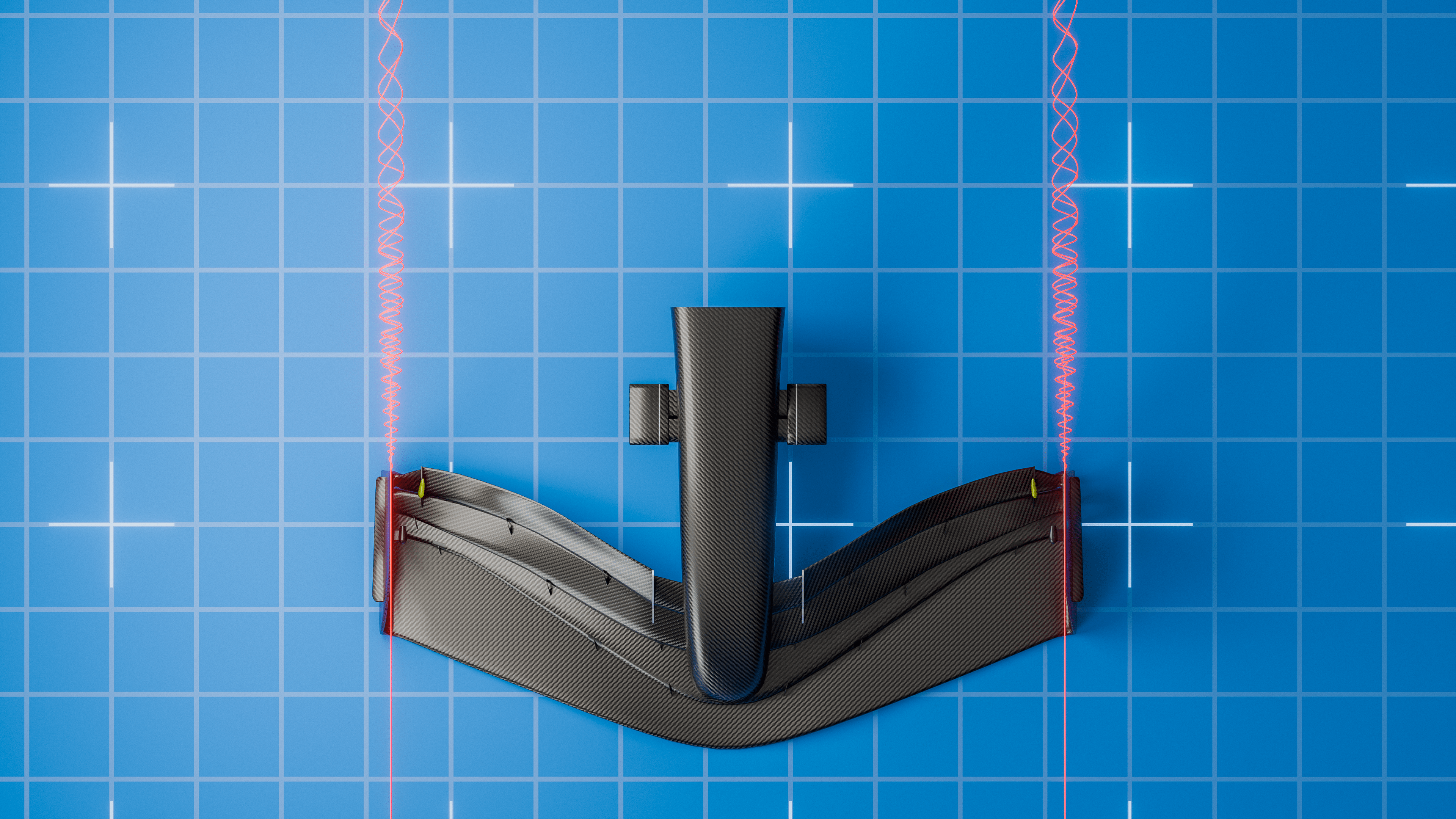
Formula 1 aerodynamics comprises seemingly infinite, intricate details that interact to make it work, and vortices are central to understanding how teams eke the most out of their F1 cars.
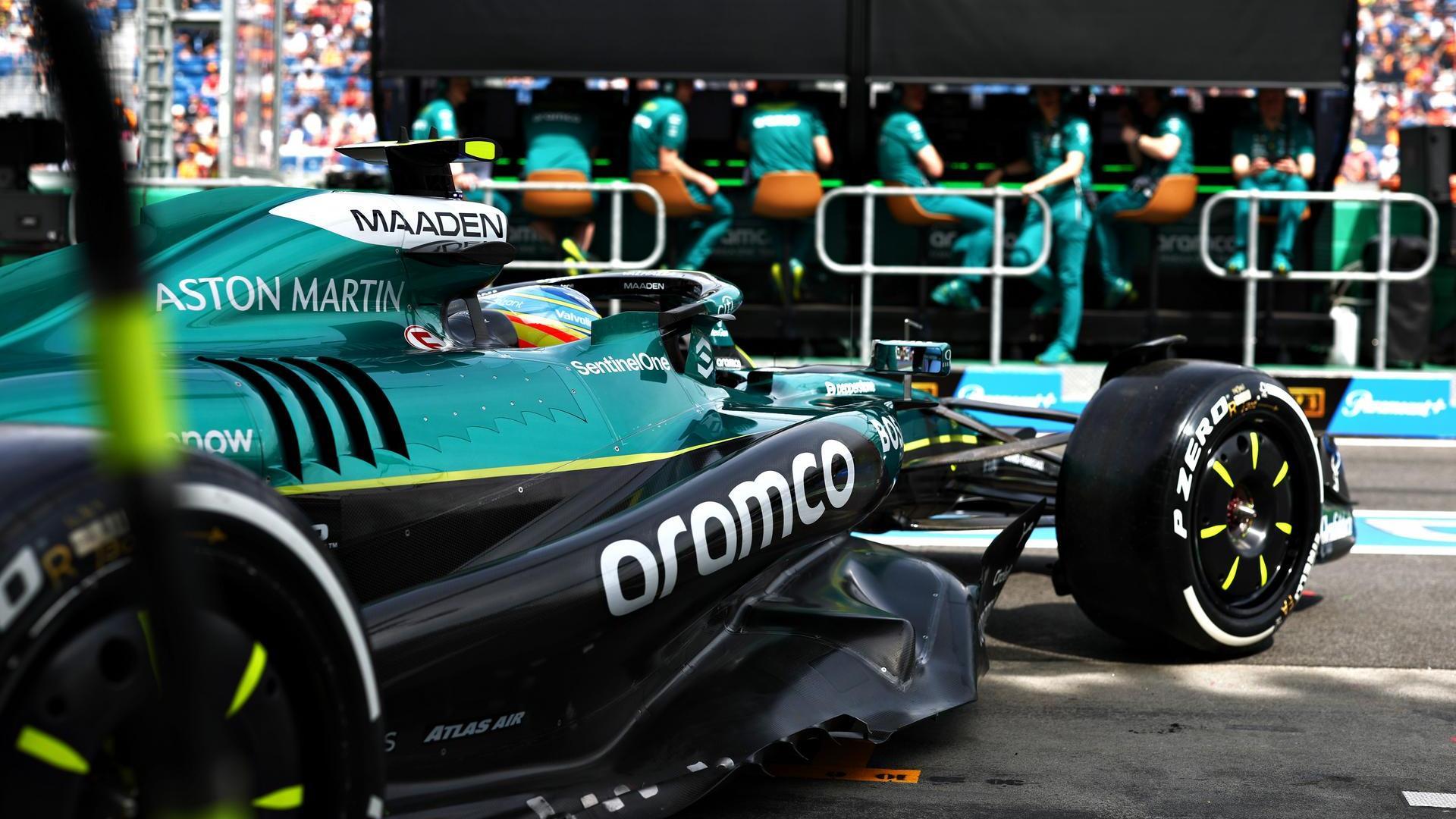
Sign up for a newsletter and we'll make sure you're fully up-to-date in the world of race technology
From the outside we can work from first principles and understand the fundamentals at play, but there’s also a risk of oversimplifying the airflow as nothing more than straight lines hitting bodywork.
F1 cars are indeed designed to work in laminar flow - where air travels smoothly in one path - but the various geometries and shapes created to channel this are doing far more than just steering that airflow and creating downforce.
That’s because a vital tool in the aerodynamicist’s armoury is the vortex, a spiral of air revolving around the line of flow, which can be every bit as influential on the airflow around the car and the downforce generated as bodywork. If you can generate and manipulate vortices, they are a powerful source of performance. And they proliferate around the car.
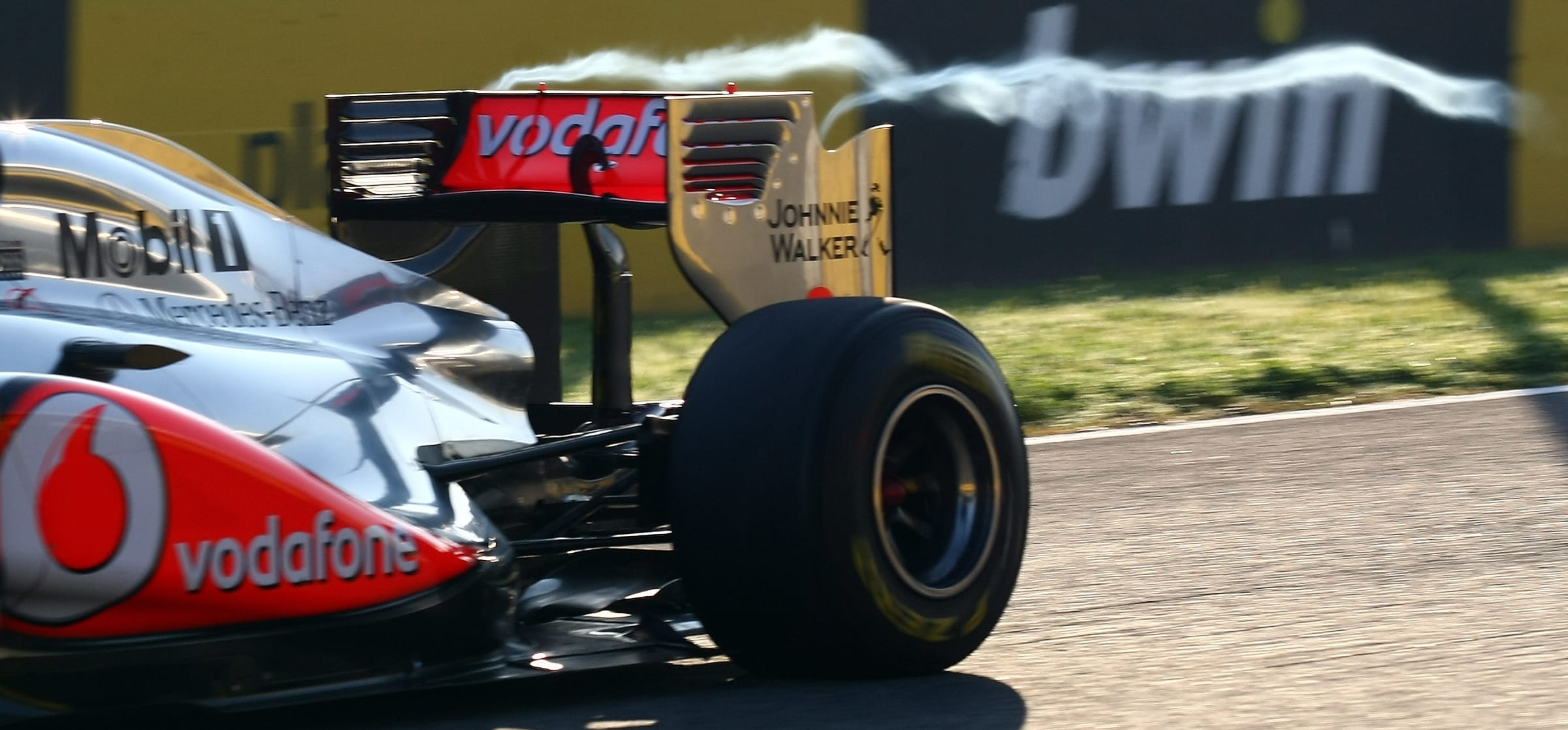
Vortices visible coming off the trailing edges of a McLaren Formula 1 car rear wing
They are also, mostly, invisible - and even if you could see them all, it would be so bewildering a sight that it would be impossible to grasp what they were all doing and how they work together.
However, you will have occasionally caught sight of them in low-temperature, humid conditions - most often from the corner of the rear wings but sometimes shed from the front wing - when water vapour condenses in the low-pressure core of the vortex.
In the case of the rear wing, this is a negative as the vortex is adding drag to the car. So, too, are the ‘tyre squirt’ vortices created as the rotating tyre squeezes.
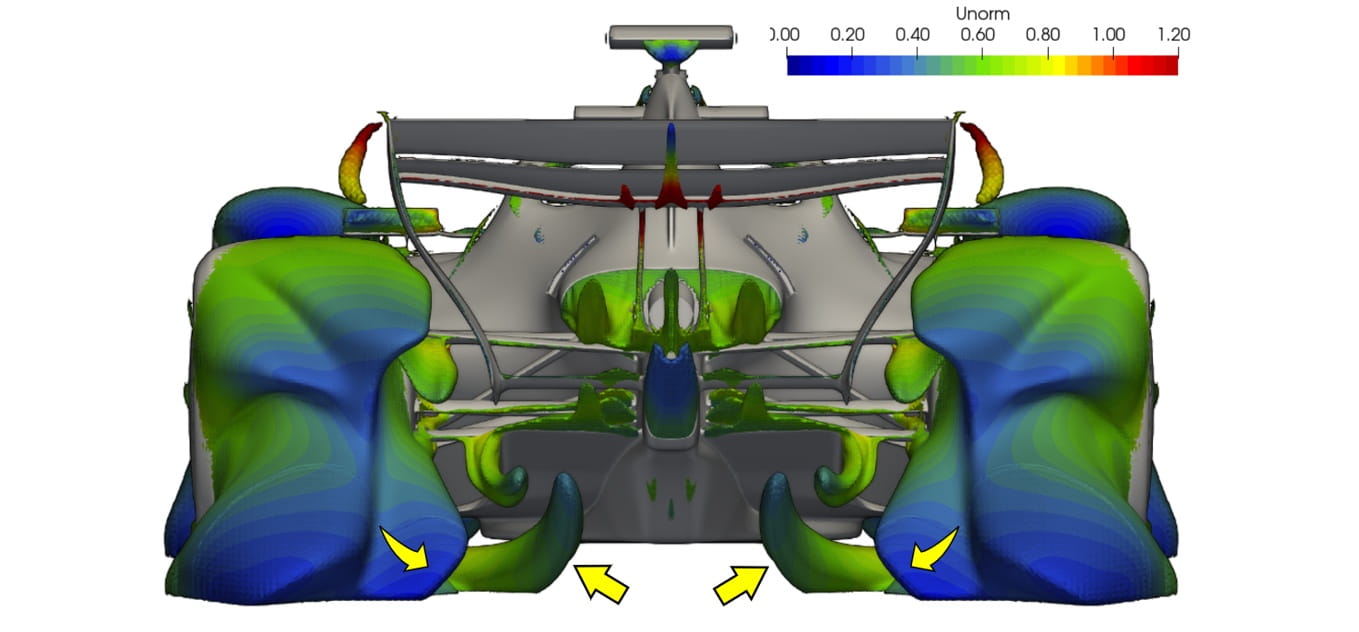
Our 3D render of ‘tyre squirt’ vortices at the rear of a model of the 2026 F1 car
What creates a vortex?
A vortex is created when high-pressure airflow interacts with low-pressure airflow - a pressure differential.
Any aero surface creating such pressure differentials - be that in the form of downforce or lift - will be prone to generating vortices, such as front and rear wings.
As aerodynamic understanding has evolved, F1 teams have diversified from trying to mitigate them to also harnessing them for performance benefit.
Perhaps the most talked-about vortex in F1 in recent times, at least before the 2022 ground effect regulation changes, is the Y250 vortex.
It’s a good example of how vortices can be harnessed in F1: one that’s easier to conceptualise than the smaller vortices that might be created further rearwards, or that travel through the underfloor tunnels of the current cars.
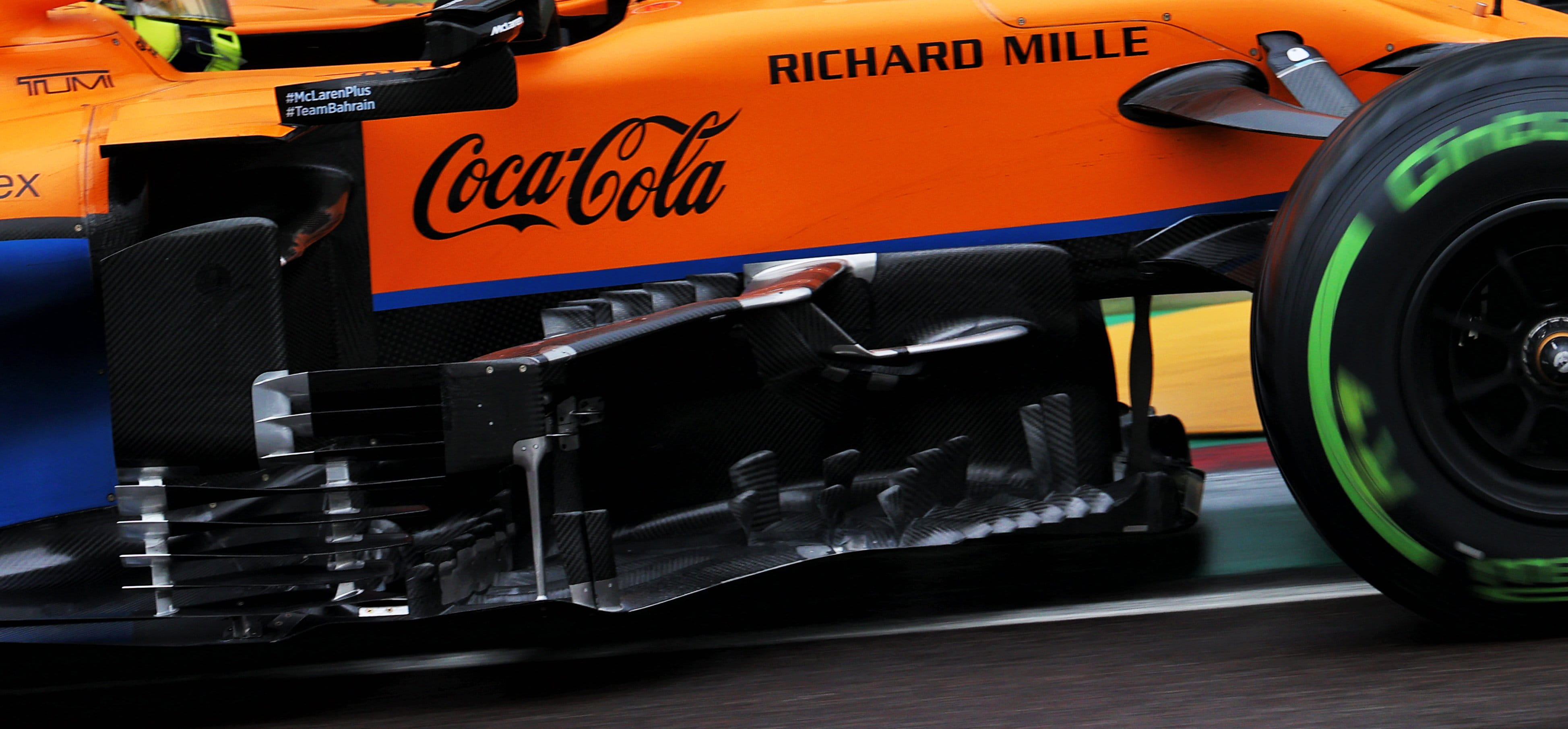
Cars such as the McLaren (photographed here in 2021) sported a complex array of bodywork around the bargeboards to channel wake from the front tyres outboard of the car using vortices created at the front of the car
The Y250 vortex and how F1 teams harnessed this phenomenon
The Y250 vortex was created 250 millimetres either side of the centreline of the F1 car.
Under the 2009-2021 regulations, the FIA mandated a neutral centre section of the mainplane 500mm in width; it was the transition from this flat area to the more loaded outboard part of the wing that acted as the vortex generator, with the effect not only on the mainplane but also the inboard edges of the multiple front wing flaps.
These combined to form the single Y250 vortex.
The vortex shed was powerful and could be channelled with devices such as the under-nose capes and bargeboards to create a powerful outwash effect. This, combined with the vortices shed from the endplates, helped to push the front-wheel wake away from the car. That ensured clean, high-energy airflow to the floor and sidepods and vastly increased the downforce-generating potential of the whole car.
The downside was that this created significant turbulence behind the car, with the 2022 regulations formulated to prevent this. The Y250 vortex is a thing of the past thanks to the current 2025 front wing regulations that eliminate its creation, although teams have continued to experiment with ways to create a similar effect.
The Y250 vortex was effectively used to separate turbulent airflow from laminar flow. In this regard, vortices can be used effectively to create virtual bodywork that has this effect in other areas.
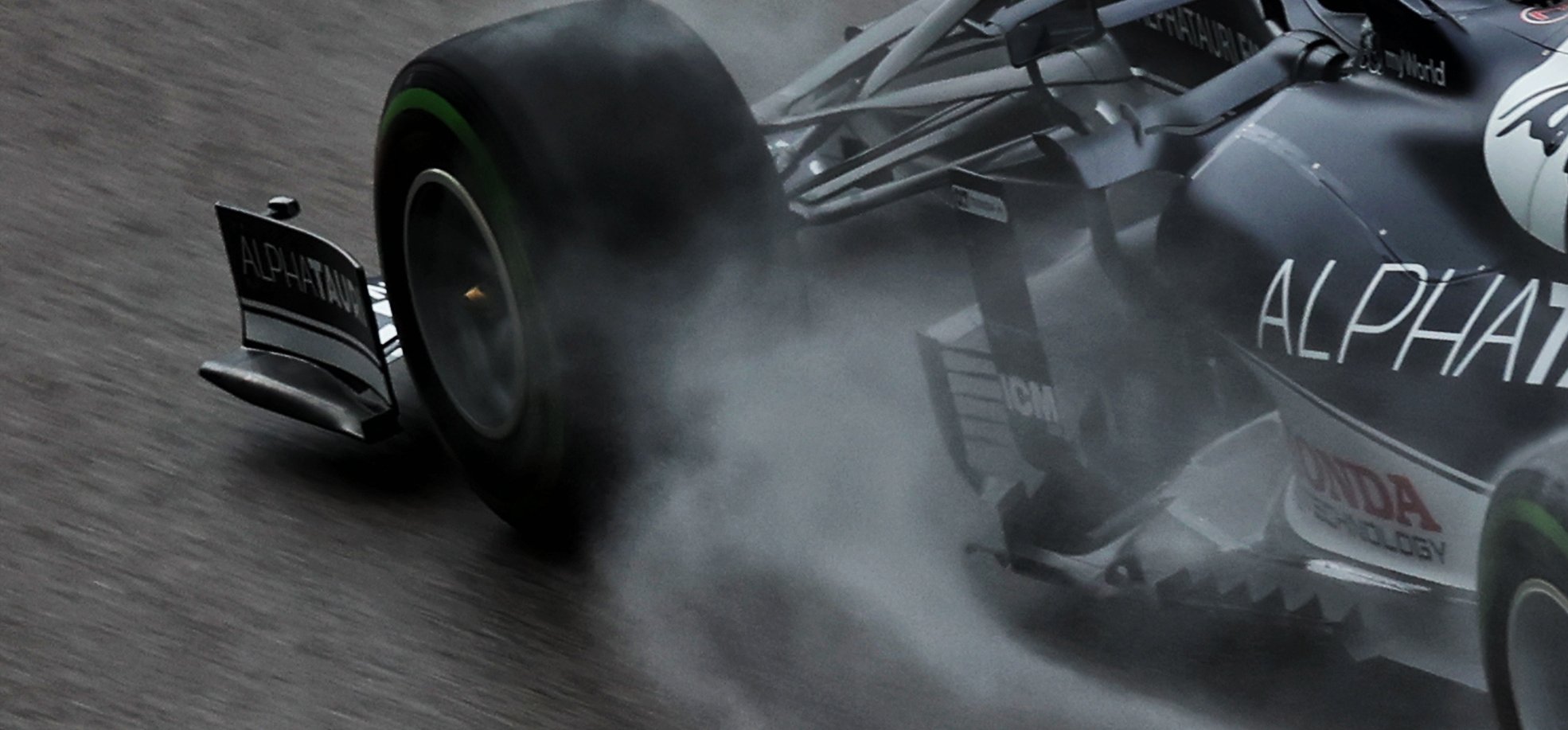
The Y250 vortex was used to push turbulent air outwards and stop it from disrupting the area behind the front wheels
For example, both under the old and current regulations, vortices can be used to ‘seal’ the underfloor by preventing higher-pressure air being pulled into the underfloor. These were usually set up by the bargeboards, where multiple vortex generators could create vortices that merged.
The bargeboards were also used to generate vortices to feed into the underfloor to help energise the airflow and create more downforce.
The simplification of the aero regulations in terms of such geometries and devices for 2022 made this more difficult, but teams continued to work to create advantageous vortices in every way possible.
This is not easy, not least because persuading vortices to co-operate is not easy. They must retain enough energy to be viable and avoid bursting and turning the controlled turbulence of the vortex into random turbulence that will compromise your aerodynamic performance.
This will be the unavoidable fate of some vortices, meaning that part of the art of F1 aerodynamics is persuading them to do so in a less sensitive area. There are also risks associated with too energetic a vortex, given they create significant drag and can also burst.
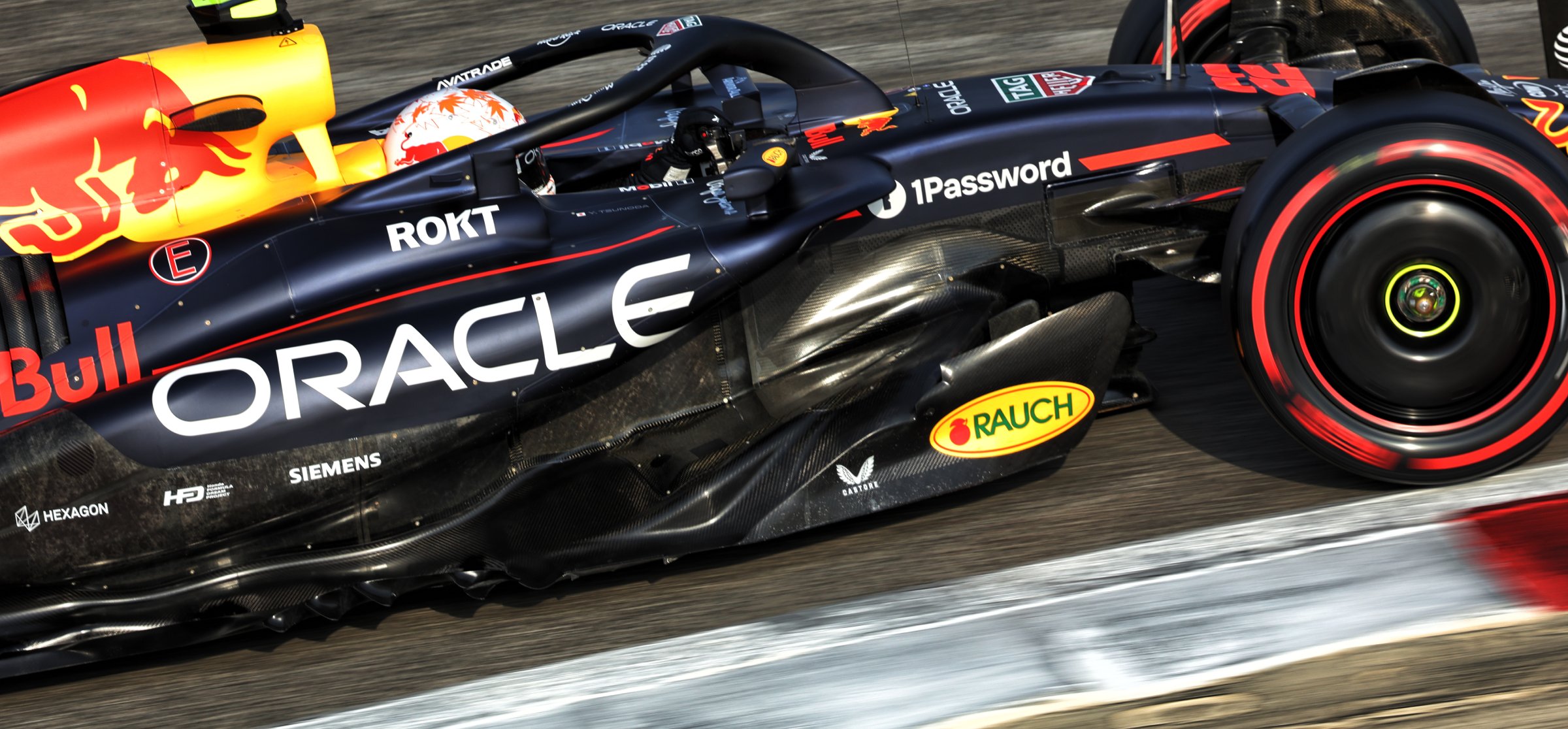
The Y250 vortex was closed off by the rules in 2022 but teams still use vortices to seal the underfloor edges and maintain consistent downforce in 2025
Vortices can also burst if they interact with each other in the wrong way.
Given there are times when multiple smaller vortices are designed to work together to enhance an aerodynamic effect, there’s always a risk of this happening.
It’s also necessary to ensure the vortices remain intact when separating different airflow streams, for example, when used to separate the high-friction boundary layer attached to bodywork from the faster-moving laminar flow, as well as helping to minimise the drag effect of that boundary layer.
Harness vorticity well, and it can significantly increase your car’s performance, but it comes with risks and enormous complexity - which explains why frontrunning F1 teams require enormous aero departments.
.jpg?cx=0.5&cy=0.5)
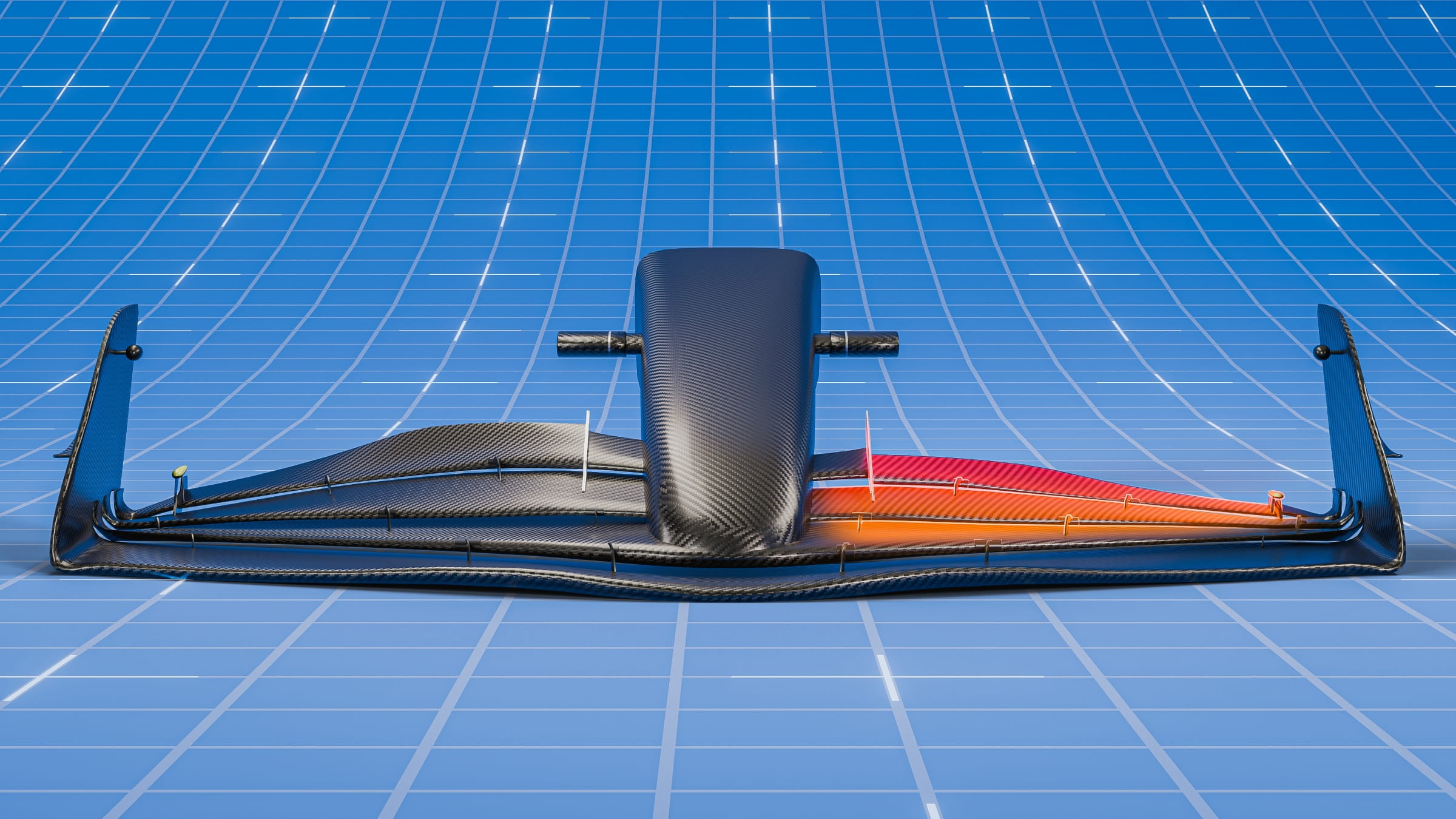
.jpg?cx=0.5&cy=0.5)
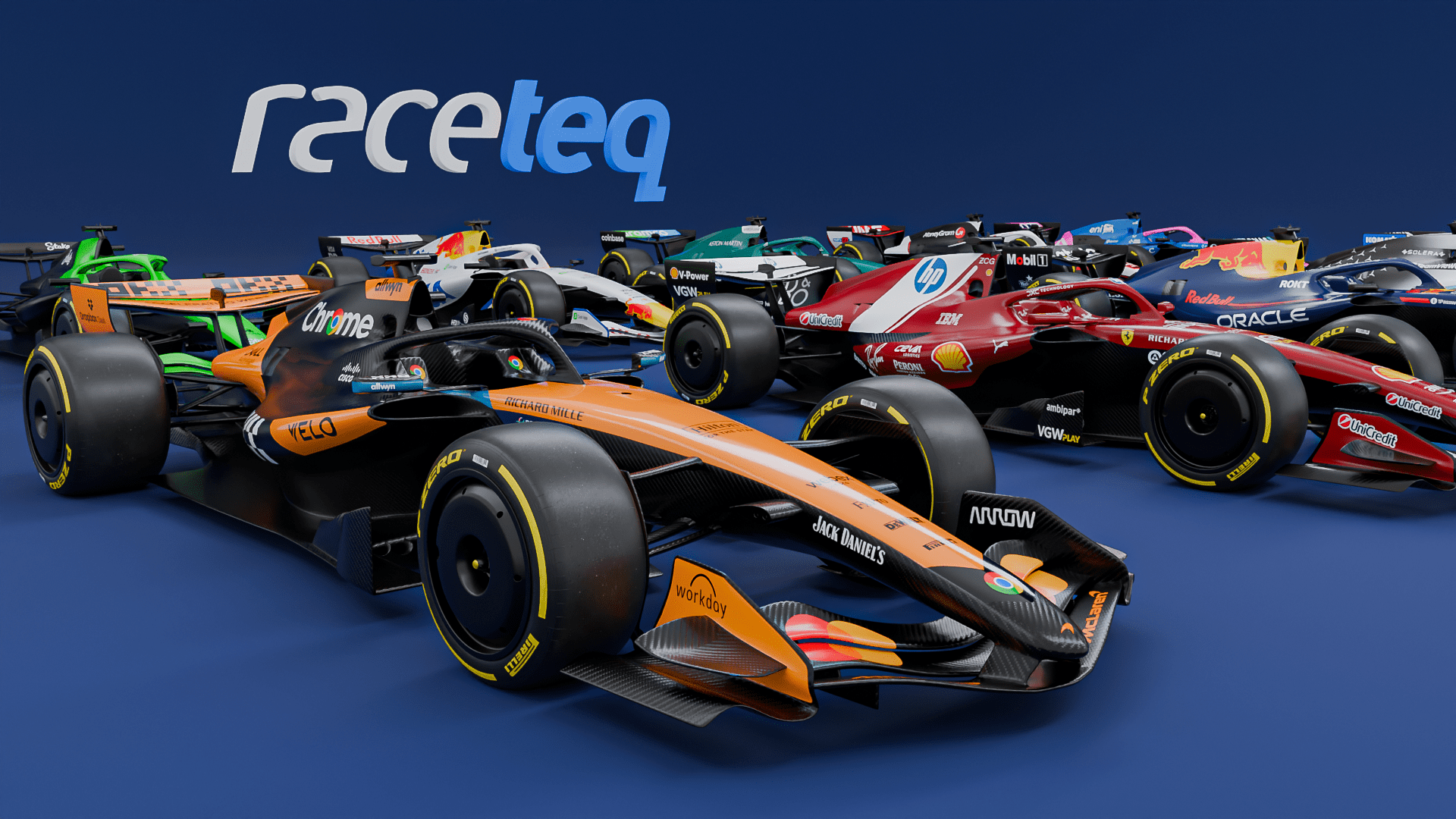
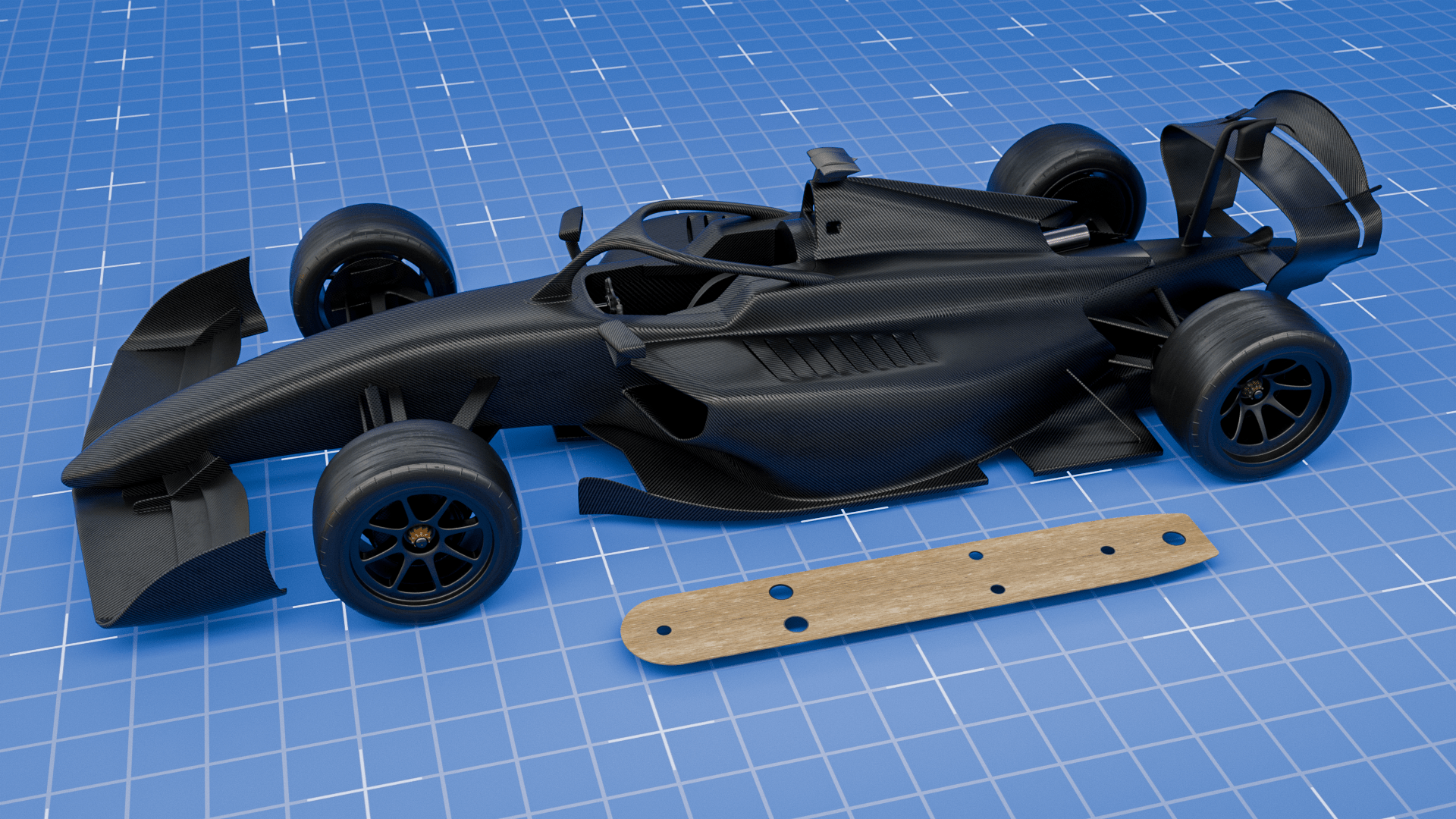
.jpg?cx=0.5&cy=0.5)
